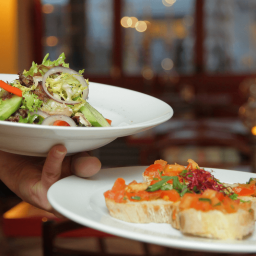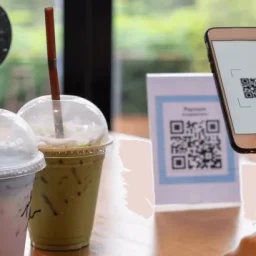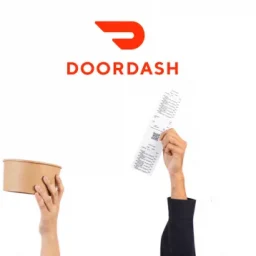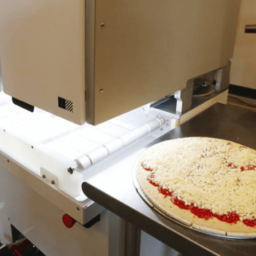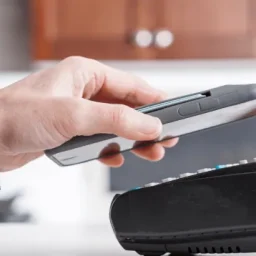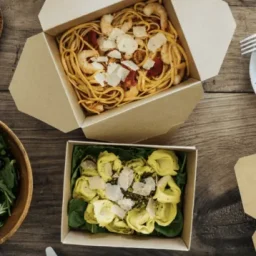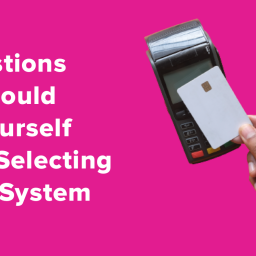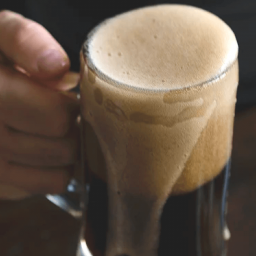
Transform your restaurant with Linga’s complete technology
The pandemic has forever altered the restaurant industry like many businesses – how we configure our kitchens to meet pandemic needs, how we use new restaurant technologies to stay in business, and how customers access restaurants in general.
With the unprecedented effects of the post-pandemic era, it’s more important than ever to keep up with the restaurant industry trends and technologies customers are looking for.
Here is a selection of the most important statistics about the restaurant industry for your consideration.
And proud to offer you the LINGA restaurant technologies that can help your business thrive in the future.
The Rise of Online Ordering
- Revenue in the Online Food Delivery segment is projected to reach US$151,526m in 2021. (Statista)
- As QSR reports, researchers for Tillster’s 2019 Online and Mobile Ordering Index surveyed 2,000 restaurant customers across the United States and found that 70 percent expect a restaurant’s website to offer online ordering.
- According to QSR Magazine, 53 percent of adults consider purchasing takeout or delivery food to be essential to the way they live.
- 87% of Americans who use third-party food delivery services agree that it makes their lives easier.
- Customers who place an online order with a restaurant will visit that restaurant 67% more frequently than those who don’t.
- In 2020, more than 45 million Americans used a food delivery app, which is a 25% increase since the previous year. (eMarketer)
Easily accept online orders with a fast, easy, and powerful ordering platform:
Learn more about LINGA Online Ordering
Customer Loyalty is Essential
- According to research by Omnico among 1,500 U.S. and U.K. quick-service restaurant diners, 70 percent of respondents said they would visit a restaurant more often if it had a loyalty program that offered them a full variety of discount options and deals.
- 52% of American consumers will join the loyalty program of a brand they make frequent purchases from. (Yotpo)
- 50% of consumers say their primary reason for joining a loyalty program is to earn rewards on everyday purchases. (PDI)
- 47% of Gen-Z would pay to upgrade their loyalty program membership. (Bond)
- 57% of consumers spend more on brands to which they are loyal. (Accenture)
Make it a top priority to reward your customers for their loyalty and frequent business with our integrated solution:
earn more about LINGA Loyalty
QR Code Technology’s Major Role in the Restaurant Industry
- A recent survey found that 18.8% of users in the US and the UK strongly agreed that there was a visible increase in QR Code usage since the onset of COVID-19.
- 11 million households scanned a QR Code in 2020 in the USA alone. (Statista, 2019)
- The global usage of mobile payments is estimated to expand from USD 348 billion to just under USD 1.3 trillion by 2022. (Research and Markets, 2019)
- According to McKinsey & Company, there is an 80/20 rise in digital payments in Asia. That means the digital user base has seen a 20% increase, where 80% has been registered during the peak of Covid-19. It is expected to remain for the long term even post-pandemic.
- And not just Asia, the UK, and Europe are embracing QR Codes more than ever. Mobileiron reported that 86.66% of smartphone users had scanned a QR Code at least once in their lifetime. And 36.40% scan at least one QR Code a week. In addition to this, 46.81% of respondents agreed that QR codes make life easier in a touchless world.
LINGA’s seamless QR Pay integration offers safety, convenience, and the latest technology for a unique customer experience.
Learn more about QR Pay and QR code technology.
Customer Data Drives The Customer Experience
- The big data analytics market is set to reach $103 billion by 2023.
- Data-driven organizations are 23 times more likely to acquire customers, six times as likely to retain customers, and 19 times as likely to be profitable as a result. (McKinsey Global Institute)
- Businesses using data can expect an average profit increase of 10%.
- A survey from Deloitte notes that “49 percent of respondents said analytics helps them make better decisions, 16 percent say that it better enables key strategic initiatives, and 10 percent say it helps them improve relationships with both customers and business partners.”
- According to McKinsey research, organizations that leverage customer behavior data to generate behavioral insights outperform peers by 85 percent in sales growth and more than 25 percent in gross margin.
Linga Insights app allows you to get today’s sales of your store anywhere and at any time, thereby helping you make smart business decisions.
Learn more about LINGA Insights.
Food Delivery Apps Are Booming
- The number of food delivery app downloads is up 380%, compared to three years ago. [AdAge]
- 86% of restaurant consumers are using off-site delivery services at least monthly. (Restaurant Business)
- The third-party food delivery market, which includes the delivery of both restaurant meals and groceries, is expected to reach $24.5 billion by 2022. (Pentallect)
- 45% of consumers say that offering mobile ordering and loyalty programs would encourage them to order more often, which generates higher revenues. (Nation’s Restaurant News)
- Restaurants that manage their own delivery generate $184.18 per customer. (Statista)
With a delivery driver app designed for regional chains and franchises for a seamless delivery process, you can quickly assign your drivers to deliveries, speed up the process & manage your restaurant more effectively.
Learn more about LINGA Driver App.
Want to create a digital restaurant ecosystem your customers really want? Choose LINGA, the most advanced digital restaurant operating system for a more stable, productive, and profitable business.

